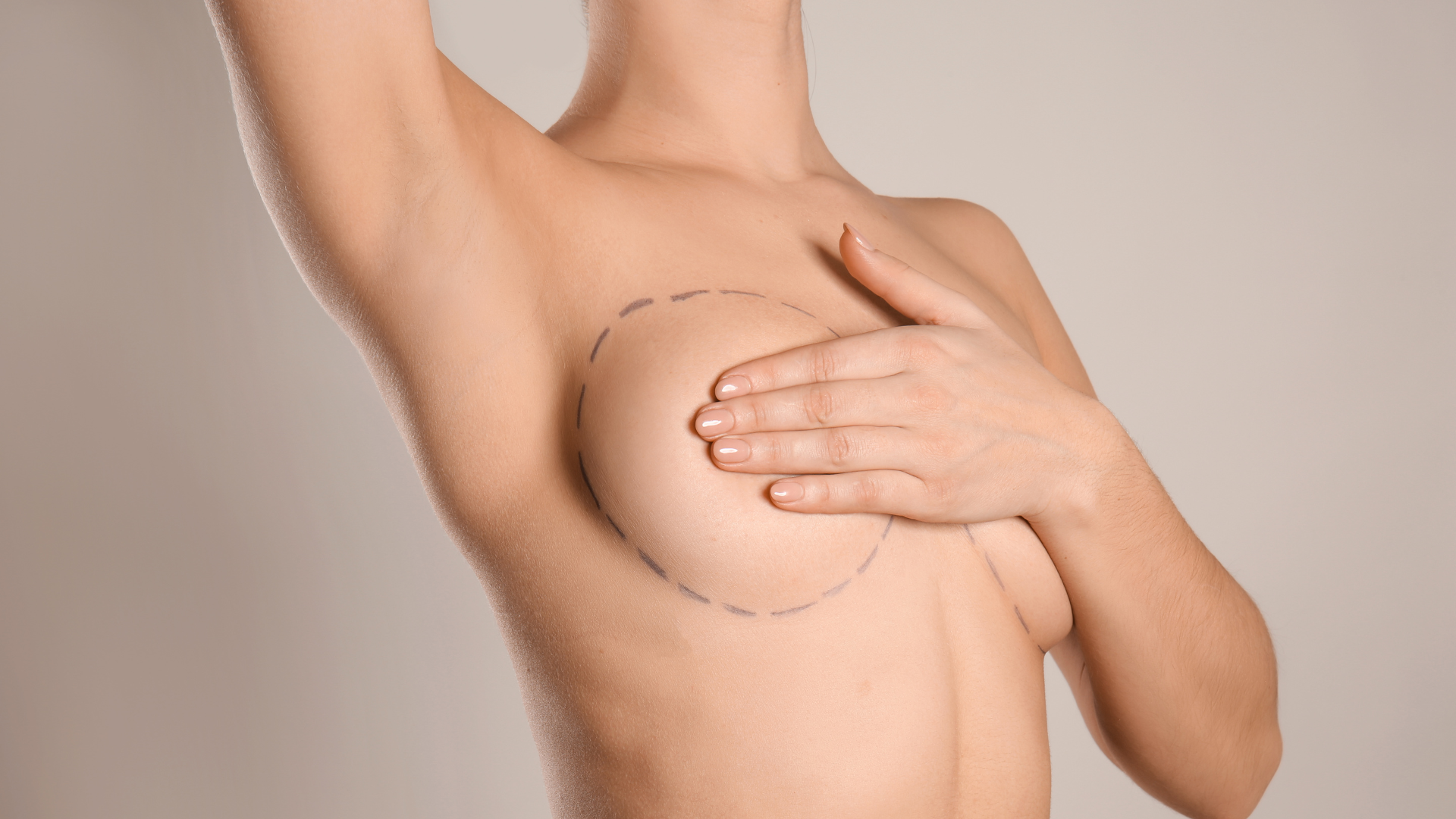Exercise is vital to maintaining physical and mental health, but breast surgery will temporarily impact your ability to stick to your usual routine. It’s essential to give your body time to heal properly and to follow your surgeon’s aftercare advice. Although you’ll need to rest in the initial stages of recovery, many people find they can begin walking for light exercise after two weeks and return to most activities within six weeks.
More demanding exercises, such as weight lifting or upper-body workouts, will require a longer recovery period, with 12 weeks typically recommended before you reintroduce them. In this guide, we’ll outline what you need to know about returning to exercise after breast surgery and how to approach your recovery safely.
What you should know about breast surgery recovery
Breast Enlargement is one of the UK’s most sought-after cosmetic procedures, enhancing breast size and shape through implants. Recovery timelines can vary between individuals, but the process typically takes a few months from start to finish.
Most patients need about one to two weeks off work to focus on rest and recovery. After six weeks, swelling typically subsides, and implants begin to feel more natural. By the 12-week mark, you should be well-healed and able to return to your normal activities.
Your recovery timeline can be affected by how well you follow post-operative guidance. Avoiding heavy lifting, strenuous activity, and repeated arm movements during your recovery period is essential to allow your body the best chance to heal without complications. Trying to exercise too early can lead to implant displacement, delayed healing, or unnecessary pain, so patience is key.
Reintroducing exercise after breast surgery
The time needed before reintroducing activity depends on the type and intensity of the exercise. Your surgeon will give specific recommendations, but the general timeline outlined below provides guidance.
Weeks 1-2: Take it easy
Rest is the top priority in the first two weeks after surgery. Limit exercise to gentle walks around your home to promote circulation and help prevent blood clots. Avoid lifting your arms above shoulder height and refrain from any vigorous activities, including using a treadmill or stairs for workouts. Swimming or any water-based activities are also off-limits at this stage as incisions need time to heal.
Weeks 3-4: Gradual increase
If you’re healing well and with your surgeon’s approval, you can start increasing the duration and frequency of light activities, such as leisurely outdoor walks. However, avoid running, jumping, or upper-body exercises during this period. Repetitive motions can still place strain on healing tissues and implants.
Week 6: Resume light workouts
At the six-week mark, you can begin to introduce more activity, such as cycling or walking on an incline. However, any form of heavy lifting or strenuous chest exercises, such as push-ups or bench presses, should still be avoided - particularly if your implants are placed beneath the chest muscle. Too much pressure on the implants during recovery can lead to complications, such as stretching or movement of the implant.
Week 12: Full activity
After 12 weeks, most people are ready to resume their regular workout routine, including strength training and upper-body exercises. At this stage, it’s important to listen to your body and start gradually, paying attention to any unusual discomfort or pain. Always consult your surgeon if you’re unsure about a specific activity.
Which exercises are safe?
There are many ways to stay active and support your recovery while protecting your implants.
Walking: Gentle walking is ideal during the first few weeks to boost circulation and maintain some level of activity without straining your body.
Stretching: With surgeon approval, light stretching can be introduced to improve mobility and prevent stiffness.
Cycling: Light stationary cycling can be added after six weeks as a low-impact way to improve fitness.
Activities to avoid
Some exercises are best avoided during your recovery, especially in the early weeks. Refrain from jogging, high-impact cardio, heavy weightlifting, or any movement that strains your chest muscles, such as rowing. Swimming or water exercises are not advisable until your incisions have healed fully, as water exposure can increase the risk of infection.
The importance of a supportive bra
Wearing a supportive post-surgical bra is critical during recovery. These garments help stabilise implants, prevent excessive movement, and support the healing process. For the first four to six weeks after surgery, you’ll be required to wear a compression garment day and night.
As you return to exercise, continue to wear a sports bra that provides adequate support without being too tight. High-impact activities like running may require bras specifically designed for women with implants to reduce strain and keep you comfortable.
Running after breast surgery
Running is a fantastic cardiovascular workout, and many women are keen to return to it after surgery. However, it’s important to wait until at least six to twelve weeks post-surgery before starting again. At this point, your body should be well-healed, and implants will have settled into place.
Start with short distances and a slow pace, gradually increasing as your body adjusts. Wearing a high-quality sports bra that offers ample support is essential, particularly if you’ve chosen larger implants. Keep in mind that the added weight of implants can temporarily change your posture and running mechanics, so take it slow and prioritise comfort.
Staying active while staying safe
Although breast surgery may initially limit your ability to exercise, recovery is temporary, and most people find they can return to their full routine with patience and care. By following post-operative advice, including wearing a supportive bra and giving yourself adequate time to heal, you’ll be able to enjoy the benefits of both improved confidence from your surgery and the physical and mental rewards of exercise.
If you’d like personalised advice or to learn more about post-surgery care, we’re here to help. Reach out to us today for more guidance, or to book a free, no obligation consultation with one of our expert surgeons.










